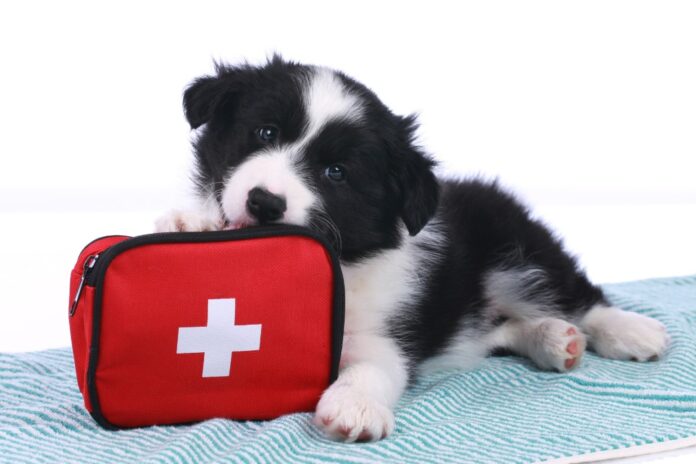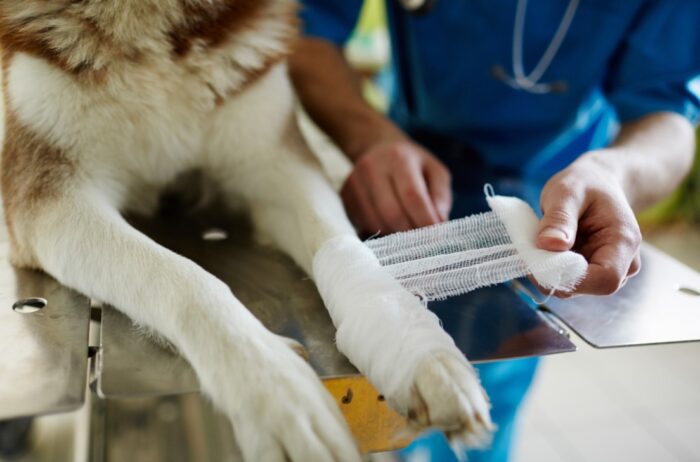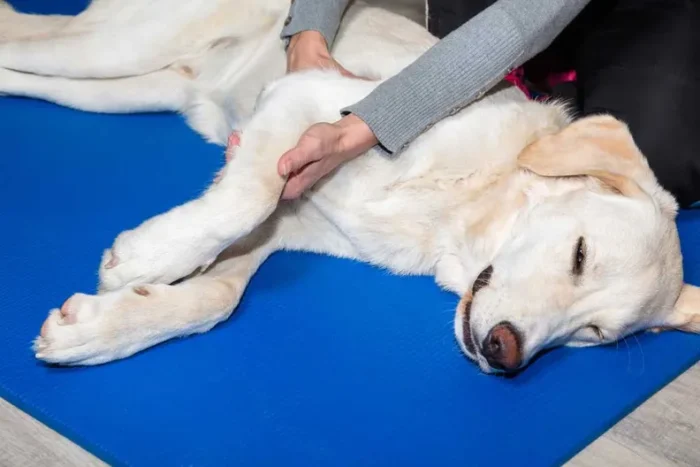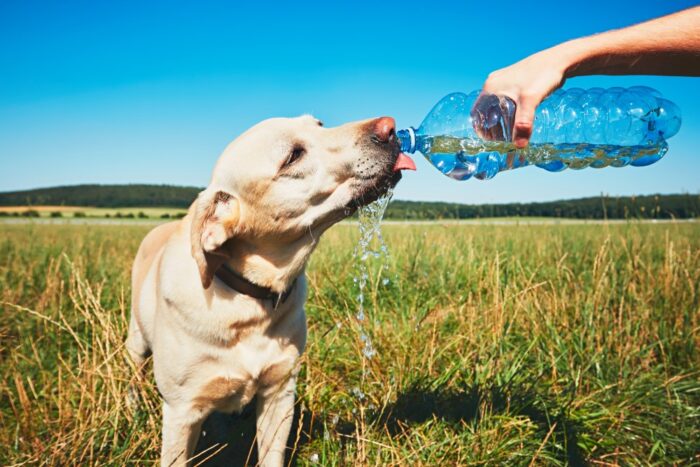
As a responsible pet owner, one of the most important things you can do for your furry companion is to be prepared for emergencies. Just like humans, pets can also face accidents or sudden health issues that require immediate attention.
Understanding pet first aid basics can be the difference between life and death for your beloved animal friend. In this article, we’ll cover some essential tips every pet owner should know to provide effective first aid in case of an emergency.
1. Create a Pet First Aid Kit
Having a well-equipped pet first aid kit is the first step in being prepared for emergencies. Your kit should include items such as bandages, gauze, adhesive tape, antiseptic wipes, tweezers, scissors, and disposable gloves.
Additionally, include any specific medications or supplies your pet may need, as well as the contact information of your veterinarian and the nearest emergency animal hospital.
2. Know How to Stop Bleeding

In the event of a wound, it’s crucial to know how to stop bleeding. Apply pressure to the wound using a clean cloth or gauze until the bleeding slows down. Elevate the injured area if possible, and keep pressure on the wound until you can seek veterinary care.
3. Be Familiar with Pet CPR
Pet CPR (Cardiopulmonary Resuscitation) can be life-saving in certain situations. Learn the proper technique for performing CPR on your specific type of pet, as it may differ between dogs, cats, and other animals.
Being trained in pet CPR can help you respond effectively if your pet experiences cardiac arrest. To ensure you are well-prepared for any emergency, consider obtaining a Pet CPR and First Aid Certification from CPR Certification Now.
This comprehensive certification course will provide you with the knowledge and skills needed to administer CPR and first aid to your beloved pet confidently. You can find more information about the course at https://cprcertificationnow.com/products/pet-cpr-first-aid-certification.
4. Handle Fractures with Care

If you suspect your pet has a broken bone, avoid trying to set it yourself. Instead, stabilize the injured limb with a makeshift splint, using materials like cardboard or rolled-up newspaper. Transport your pet to the veterinarian immediately for proper evaluation and treatment.
5. Recognize Signs of Poisoning
Pets can be curious creatures, and sometimes they may ingest substances that are toxic to them. Know the common signs of poisoning, such as vomiting, diarrhea, difficulty breathing, seizures, or sudden lethargy.
If you suspect your pet has been poisoned, contact your veterinarian or a pet poison helpline immediately.
6. Deal with Heatstroke

Heatstroke is a serious concern, especially in hot weather. If your pet shows signs of heavy panting, weakness, or collapsing, move them to a cooler area immediately.
Apply cool, wet towels to their body and offer water to drink. Heatstroke can be life-threatening, so seeking veterinary help promptly is crucial.
Conclusion
Being prepared with the essentials of pet first aid can significantly impact how a situation turns out. Always remain composed, act swiftly, and seek veterinarian care when necessary.
You can make sure that you are better equipped to deal with any unforeseen health difficulties that may occur with your cherished pet by taking the time to study these crucial recommendations.








